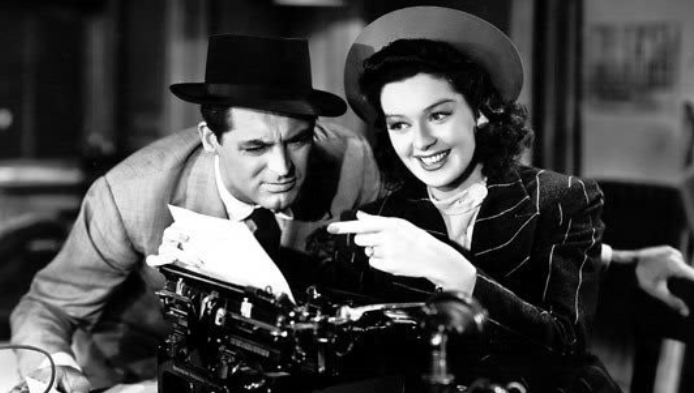Why editing really matters
Business comms expert Seán Galvin pens an ode to the lost art of editing, and stakes his claim for why autocorrect is the work of the Devil.
October 4, 2018 9:50
by SEÁN GALVIN
The big man was reaching inside his jacket as soon as I entered the room. I froze, waiting for his next move. “Not so fast,” I thought. I said, “I’d put that down if I were you, sir. At least hear me out first.”
A faint smile played across his lips but his eyes were cold and hard. “OK. Have it your way,” he said. “But this better be good. Give me what you’ve got.”
He laid the loaded Parker 51 carefully on his desk but kept its barrel pointed at me. In the wrong hands, a pen like that could do terrible damage.
I swallowed hard and handed him the news release. “Read it first,” I said. “That’s all I ask.”
As I watched the CEO scan each page methodically, line by line, my mind went back to those first days as a cub reporter. The news editor, a hard-boiled chain-smoker with a voice like a buzzsaw, had just finished savaging my copy. He was supposed to be my mentor.
“Nothing personal,” he rasped. “You kids come in here thinking you’re Ernest Hemingway. My job is to beat it out of you. This isn’t literature. It’s news. Now go away and start again.”
Back at my desk, I sat staring at the mess that just ten minutes earlier had been a Pulitzer contender. My copy was a rat’s nest of hieroglyphs, crossings-out and arrows, embellished with the occasional exclamation mark. Now I knew why they called them ‘screamers’.
Over the following months, I gradually learned the hard way how to structure, compose and edit my own stories. Always read your copy first – once for sense, twice for typos. Only then reach for the blue pencil.
Success was measured by how many changes the sub-editors made. None and the next round of after-work drinks was on me. I slowly came to realise that far from being pedantic despots intent on destroying my career, these unsung heroes were ensuring that my copy made sense and conformed to the house-style. And in the process, they made me a better writer.
There was a time, not so long ago, when almost every word you read had been through some sort of editing process. Not only news media but corporate publishing, too.
Today, editing is becoming a forgotten craft and sub-editors an endangered species. Whatever the reasons for this – economics, education, technology – far too many mistakes are appearing on our screens and pages.
Daily newsletters from excellent journalists read avidly by thousands each morning are littered with them. Garbled headlines with often unfortunate double entendres appear all too frequently in online news-sites. Chyrons (the text and images that appear on our TV screens) are some of the most egregious offenders.
Does this really matter? Do we really need yet another grumpy writer charging into battle on their rickety old hobbyhorse? Point taken. But yes, it really does matter. Really.
Errors of accuracy, sense or structure undermine the credibility of whoever has written and published them. They feed the corrosive fake news and anti-business narratives that are so prevalent nowadays. And, well, they’re just plain unprofessional and wrong.
As for technology being the answer, I would maintain that it’s part of the problem, not the solution. Too many people have become over-reliant on spelling and grammar check. As for autocorrect, surely this is the work of the Devil himself. Turn them all off. Learn the basics of editing. Or better still, find yourself a professional editor.
The CEO had finished reading the news release and was looking at me intently with his shrewd lawyer’s eyes. The Parker still lay untouched on his desk.
“Approved,” he said tersely. “Good job. But . . .”
There always was a ‘but’.
“. . . you should never begin a sentence with a conjunction.”
Seán Galvin helps clients tell their story in their own words. Read his thoughts on business communications over at his G Sharp blog.
Ref: mumbrella.com.au

